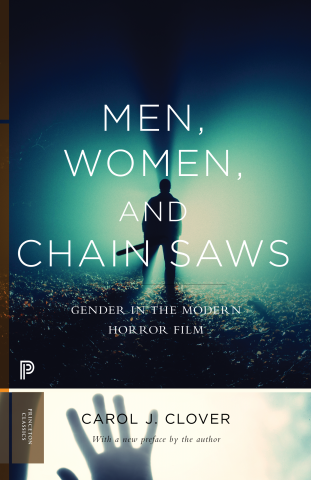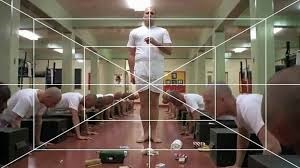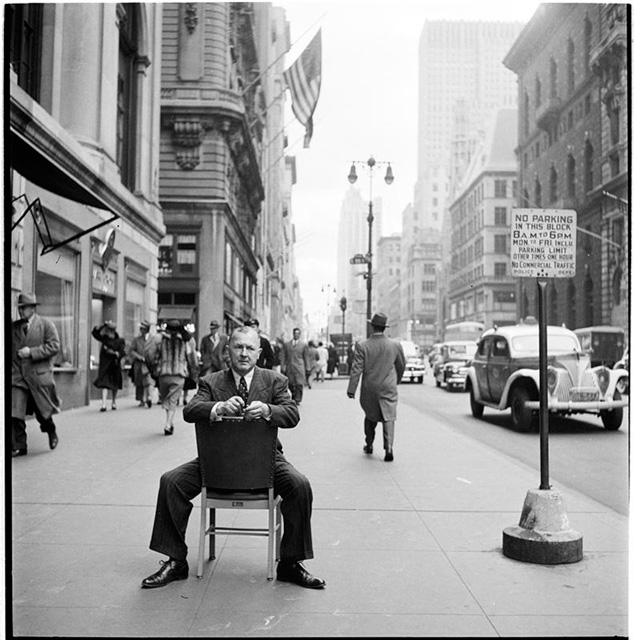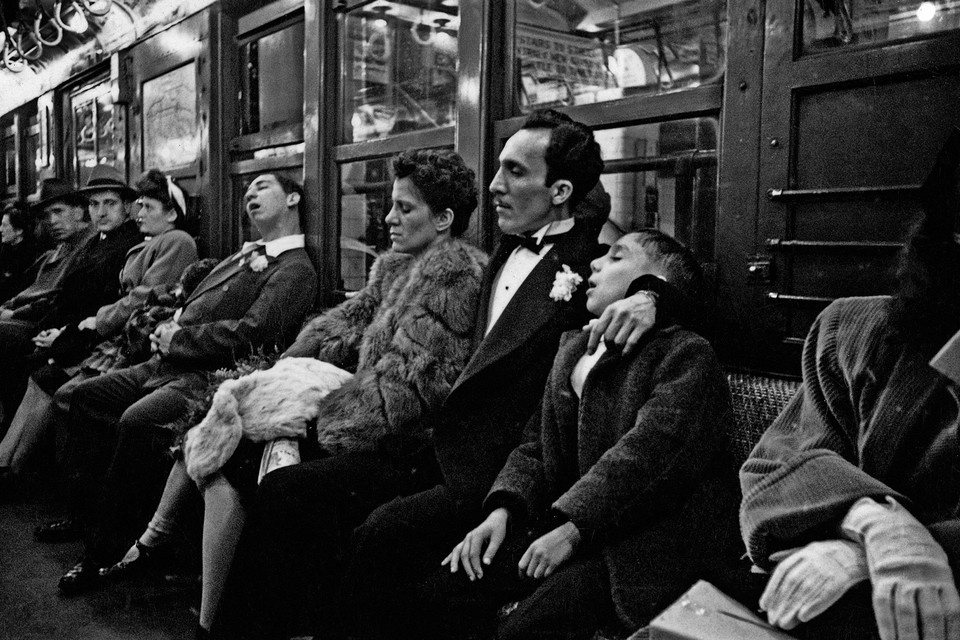Film Focus: Narrative Theory
Film 1: A New Hope
Film 2: Raiders of the Lost Ark
Topic For Study: How is the hero’s journey shown through Raiders of the Lost Ark and A New Hope?
Film Focus: Narrative Theory
Film 1: A New Hope
Film 2: Raiders of the Lost Ark
Topic For Study: How is the hero’s journey shown through Raiders of the Lost Ark and A New Hope?
The most notable example of a feminist film theorist is Carol Clover, who studied the portrayal of females in the horror genre, particularly focusing on the ‘final girl’ and the significance of the idea to the slasher film genre. She argues the necessity of such character to the horror genre, defining them as “the embodiment of what a woman should be”. She justifies the need for protagonists in horror to be female, by suggesting that the surviving character needs to experience abject terror. Therefore the typically male dominated horror audience would reject a horror film showing abject terror as part of a male character.

However, she also argues that the ‘final girl’ isn’t necessarily a true representation of feminism because the characters would becomes masculinized in their final showdown with the antgonist through “phallic appropriation” (taking up a weapon – typically a large knife or chainsaw against their male antagonist).
Retrofitting is when a new film uses aesthetics and tropes that are associated with an earlier era – it is often used to pay homage to films of a certain era. A prime example of retrofitting is the neo – noir movement of the 1970’s and 1980’s because these films were often set during the 70’s and 80’s but they often had an unmistakable 1940’s aesthetic despite being set in later time periods.

Blade Runner was released at the height of the popularity of film noir – it is a prime example of how filmmakers have appropriated the style of the 40’s and used them in other contexts – the film is set in 2019 but the style of the mise en scene is directly inspired by the classic noir films of the 40’s and it can be argued that even the basic plot outline of the film was taken directly from films like The Maltese Falcon , which involved hardboiled detectives solving various crimes , all while their fundamental moral values are thrown into disarray due to the presence of beautiful women who are often duplicitous and they have an underlying reason for the pursuit of the male lead. In Blade Runner , all of the retrofitting is a deliberate homage to the classic noir films of the 1940’s.

Industry:
here is the current mix-down of non-diegetic sound in my thriller short film, it includes some music that i edited in audition (pitch and reverb) and also a heartbeat and clock tick effect.
This is a mix-down of different musical tracks that i edited together for my first thriller film, note that i did not actually use this, it ended up being removed and replaced by a different track .
To what extent have modern science fiction films changed since the birth of the genre, shown with The War of the Worlds (dir. Byron Haskin, 1953) and The World’s End (dir. Edgar Wright, 2013)?
Introduction: Establishing the concept of genre and some of the conventions of science-fiction. Defining terms like modernism and postmodernism. Introducing the two films and their context, with brief summaries of the plots.
Comparison Point 1: The World’s End as a homage/pastiche of The War of the Worlds. References to intertextuality.
Comparison Point 2: The reality of The War of the Worlds vs the hyper-reality of The World’s End. The War of the Worlds has a sense of verisimilitude (despite the alien invasion). The World’s End lacks a sense of verisimilitude, as the characters behave in very exaggerated ways and the film includes many stereotypes – for example the design of the pubs.
Comparison Point 3: The World’s End as a commodity, due to the stars in the film and the fact that it is part of a trilogy. The War of the Worlds is more traditional as it aims to tell the story.
Conclusion: Summarising the main points
There are certain narrative techniques which are common across both the film noir and neo noir movements and these traits have not changed across history – one of he best examples of these techniques is the use of voice over by the main character , this is a trope within itself and it is similar to the archetypal characters that are used within the genre in the sense that they are expected as part of the genre. Voice overs are often used while the main character is speaking to another character and this gives us a unique insight into what the characters are actually thinking – for example , at the beginning of Blade runner , Bryant recruits Deckard to hunt down the rouge replicants and while Bryant is talking Deckard is holding a neutral expression and his interior monologue tells us that Deckard dislikes Bryant and this is not something that would have been immediately evident by just his facial expression alone.
Voice over is only one technique that is a hallmark of the style of film noir and it helps to create a casual tone and it makes the audience think that they personally know the protagonist. Additionally , the intimacy that is created between the main character and the audience serves to raise the stakes of the action due to the fact that a personal dialogue has been created between the main character and the audience , who come to like the main character because they are afforded a unique insight into the minds of the characters and their thoughts and feelings.
The voice over technique also serves a symbolic purpose due to the fact that one of the main themes in film noir is the duplicity of individuals and this is literally reflected in the way that the voice over technique is used to create a disconnect between what the main characters thoughts and their words and actions and this helps to create a sense of moral ambiguity because the audience doesn’t know if the main characters are reliable narrators because the aforementioned disconnect between the characters thoughts and actions sows seeds of doubt in the minds of the audience because it creates uncertainty as to weather the protagonist is good or evil.
How do the early films of auteur director Stanley Kubrick compare to his later works in terms of the use of cinematography as a principal storytelling device?
(Explained using examples from “2001: A Space Odyssey” – 1968 and “Full Metal jacket” – 1987
What is an Auteur Theory ?
Auteur theory is a theory of filmmaking in which “The director is viewed as the major creative force in a motion picture” (1)
“The auteur theory, which was derived largely from Astruc’s elucidation of the concept of Caméra-Stylo (“camera-pen”), holds that the director, who oversees all audio and visual elements of the motion picture, is more to be considered the “author” of the movie than is the writer of the screenplay.” (1)
In essence, An auteur is a director who is in full creative control of their film, this is usually identifiable by having original traits or styles that they may have popularised / invented or are known for using often.
What are Kubrick’s textbook characteristics/ styles/ themes than run through most of his films?
Symmetry – the use of one point perspective. Although one point perspective is not an exact representation of symmetry in cinema, it is a way of creating cinematic shots with near perfect symmetry. O.P.P is perfect for drawing the viewers attention into the center, Kubrick used it to encapsulate the viewer in his fictional environments, this is so effective due to the fact that there is only one way out – forward, for example in “The Shining” – 1980 When following Danny through the halls, the viewer is constantly moving forward with Danny, therefore immersing the viewer into the film as if they are in just as much danger as Danny. It can be very subtle but many films have used it especially 2001 and Full Metal Jacket


Tracking shots – especially the “Steadicam”. This is another technique used in many of his films. Tracking shots are any shot where the camera moves forwards, backwards, or along the side of / with the subject as it moves. Usually tracking shots are constructed by putting a camera on a Dolly then on a track however if following in front or behind the subject, the tracks will be seen. This is the reason for the invention of the Steadicam, not only is it easier to maneuver and set up (no need for a track) but there is no trace of presence unlike a track. Kubrick uses this constantly to help connect his audience with the characters and incite all the different emotions the subject might be exposed to. In 2001 the tracking shots helped preserve the symmetry as Dr Bowman moved through the space station’s tunnels because the camera moved with him. In Full Metal Jacket, tracking shots follow the sergeant as he speaks to each of the soldiers in a line, its a smooth way to follow him looking from soldier to soldier whilst preserving symmetry.
Wide angle lens – Kubrick was extremely interested in the wide angle lens in his early photography and he has carried it into his films as a beautiful technique that he likes to pair with one point perspective. The wide angle lens is like a feast for the audiences eyes as there is much more to take in, its subtle and extravagant at the same time, enough to become a staple technique but no enough that it seems disruptive or uncomfortable. Kubrick has created a perfect balance of subtlety and originality. This is what makes Kubrick such an amazing film maker.
Monolithic themes: Kubrick often uses monolithic beings/elements in his films that are far more powerful than our characters, these beings / elements convey a sense of dystopian control. This can be obvious in 2001 in the example of HAL: being a super computer with immoral intent and nearly full control over our protagonist and his surroundings. Or it can be very subtle like in full metal jacket the idea of war being a type of dystopian control, as if referencing to a future world where everyone fights for survival. This links to the timeline of Kubrick’s films where before “A Clockwork Orange” – 1971 Kubrick’s films presented these monolithic beings/ elements in very visual ways like in 2001, The Shining and Dr Strangelove – 1964. Whereas after Clockwork, the style did slightly change, and these monolithic elements started being displayed in a more conceptual way. In fact, a quote from Gilles Deleuze talks about these monolithic beings / elements as being products of a “cinematographic brain”. He talks about how the Mise En Scene is a brain and the beings inside it are on a journey through it, these monolithic beings / elements are catalysts for change and evolution and propel our character through not only the story, but through the cinematographic brain. However it is worth mentioning that in Full Metal Jacket the drill sergeant also represents the monolithic themes, He is extremely harsh and inhumane. But as well as that he is a catalyst for change, similar to the obelisk / monolith in the 2001. He is the reason these characters become what they are and is a very big part of the “Cinematographic brain” that Deleuze talks about. This obviously is a very visual representation of the monolithic themes, similar to 2001, which begs the question how much of Kubrick’s cinematographic auteur style, relies on Alcott, and how much is influenced by him?
“If we look at Kubrick’s work, we see the degree to which it is the brain, which is the Mis[e] En Scene. Attitudes of body achieve a maximum level of violence, but they depend on the brain. For in Kubrick, the world itself is a brain, there is identity of brain and world, as in the great circular and luminous table in Dr strangelove, the giant computer in 2001: a space Odyssey, the overlook hotel in the shining. The black stone of 2001 presides of cosmic states and cerebral states, it is the soul of three bodies, earth, sun and moon. But also the seed of three brains, animal, human, machine. Kubrick is renewing the theme of the initiatory journey, because every journey in the world is an exploration of the brain“ (3) –
Gilles Deleuze
Here, it seems, Deleuze is referencing to how kubrick’s style is exponentially more than what can just be seen on the screen. Each different component seen in his film is like a catalyst to spark emotions, they all work together interchangeably and form a giant “brain”
“For in Kubrick, the world itself is a brain, there is identity of brain and world, as in the great circular and luminous table in Dr strangelove, the giant computer in 2001: a space Odyssey, the overlook hotel in the shining.” (3)
Even though Kubrick’s later films did not have Alcott as a D.O.P, regardless of how it visually looks, Kubrick’s ability to create a deep and incredibly complex world that’s almost representative of a brain is still there and that plays a big part in distinguishing his style.
How did Kubrick’s Style Develop and where did it come from?
A large proportion of kubrick’s visual style was derived from his previous work as a street photographer, capturing the highs and lows of life in New York.
most notably his use of the wide angle lens and O.P.P – the vanishing point:




At this age, Kubrick’s style was still developing, however we can see some early inspiration for the deep focus that is an important factor in the wide angle shots we see in his later films, especially 2001:
Kubrick’s partnership with Alcott
Kubrick first started to work with Alcott on the film “2001: A Space Odyssey” (1968). It is evident here that Alcott helped Kubrick to voice his style, all the early ideas blossomed into reality during this partnership. 2001 was a breakthrough in cinematography and Visual effects, in fact, it won an academy award for best visual effects. This was kubrick’s first film that left an immense impression on the world and brought his name to the top. Alcott & Kubrick introduced multiple beautiful cinematographic techniques into this film like the O.P.P, tracking shots and the wide angle lens + deep focus. And although there was evidence of these techniques earlier on in his career, Alcott really helped him to bring it into practice in his films. After 2001 Alcott worked on 3 more films with Kubrick as his cinematographer:
Clockwork orange – 1971. Barry Lyndon – 1975. The Shining – 1980.
These were all visual masterpieces, anything from the Mise-En-Scene in Clockwork Orange to the cinematography in Barry Lyndon and The Shining. However The Shining was the last film that they worked on together due to Alcott’s death in 1986. This leads us to Full Metal Jacket where the cinematographer is now Douglas Milsome.
How does his visual storytelling change throughout his career.
In order to answer this i will have to closely look at the cinematography in from one of Kubrick’s earlier films: “2001: A space odyssey” 1968. And compare it to one of his last films “Full metal Jacket” 1987. I will assess the range and volume of cinematographic techniques and decide whether each one is narrative driven or visually driven – through the cinematography.
[ Research done on separate document looking at specific examples to compare cinematography ]
research:
2001:
timestamp 17:12 starts with a establishing shot of the current world, although this isn’t the first shot in the film, it is establishing the narrative jump in time, from a more primitive time with primitive basic shots to this futuristic society, we get to see the earth from the space as if to represent mankind evolution and colonization of space. The cinematography is able to express the narrative without any human subjects or dialogue
if we compare this to full metal jacket where at 1:16 we have another establishing shot, we can see that the scene is more narrative based, rather than using the cinematography as its own device by enticing the viewer with brilliant cinematic shots, it directly follows the character to keep them in shot, moving with them – the narrative moves the camera.
2001 does this constantly throughout it’s film, extraordinary shots of space with little to no human subject, creating the narrative on its own. Whereas full metal jacket uses many simple tracking shots to represent the narrative pulling it along with the characters.
This uncovers the foundation of my argument about Kubrick’s use of cinematography as a story telling device changes throughout his career:
during the start of his career his films were heavily based on beautiful cinematography, i believe that Kubrick’s partnership with Alcott inspired him and drove him to create these masterpieces. In films like 2001 or the shining, the magnificent shots are what create the narrative and story, to the point where it seems that if the human subjects were removed, the story would continue. We can be introduced to their worlds without any context, just what we can see, however in Full Metal jacket it felt very narrative based, we move with the subject and every shot seems to be based around the character.
It is evident then, that in Kubrick’s later films (specifically after the loss of cinematographer John Alcott) the narrative carries a heavier priority in the end product over the cinematography.
2001: 24:38 camera not moving but the moon in the background is represents that the film is less based upon the characters and the narrative but rather of the evolution and progression of that cinematic universe.
older films seem artificial because the cinematography is so innovative, however newer films are made so cinematography brings viewer into the narrative, the Steadicam brought the viewer in whereas 2001 kept them away, stopped them empathising and rather made them watch.
2001’s cinematography seems artificial because it very obviously is. Practical effects were used over CGI to make it seem like the characters were actually in zero gravity, large spinning sets were actually created to simulate the ship, the camera would stay fixed as the set rotated and the actor walked to stay upright, because the camera moved with the set, it made it look like it was the actor that was the odd one out and was moving giving it a impossibly weird, centrifugal gravity effect, because 2001’s cinematography was so stylistic and artificial, it pushed the viewer away, this mean’t that the viewer would view the film from an outside perspective, as a member of the audience rather than being immersed into the narrative. By the time FMJ was released, Kubrick had started to value the importance of narrative and immersing the viewer into it, additionally, with the invention of the Steadicam, Kubrick was able to do combine beautiful shots with perfect immersion to help encapsulate the viewer into the narrative.
Additionally, the way Kubrick used the camera as a narrative device changes by the time we get to FMJ. In 2001 the monolithic themes are represented very literally in the example of the obelisk type monument. From 48:07 onward in that scene, Kubrick
FMJ – monolithic theme is the camp and the drill sergeant is the output for it. In fmj we have an emotional connection and we interact with the monolithic themes through joker – immersing us into the narrative, in 2001, there is no emotional connection between HAL and Dave. in 2001 moon scene with obelisk, the absence of dialogue, facial close ups and emotional connection helps portray the scene as more aesthetic than as narrative progression to the story.
2001 in 1:29:36 the close up of Dave reminds us of private Pyle, dehumanised by the situation, however unlike in FMJ there is no counterweight, no output to connect emotionally to the situation, there is no Joker for us to see the world through, since there isn’t this emotional connection, once again, it seems an aesthetic move rather than a method of storytelling. The audience has to force themselves into the film (2001) because there is no perspective to see the world through like Joker is to us in FMJ.
The drill sergeant is never flinching even up to his death.
quotes:
1: https://www.britannica.com/art/auteur-theory
2: http://www.mediafactory.org.au/natalie-milidoni/2014/03/14/astrucs-camera-stylo/
general research:
born August 28, 1962 Alien 3 (1992)
Se7en (1995)
zodiac (2007)
Gone girl (2014)
The social network (2010)
panic room (2002)
the game (1997)
Golden globe for best director
BAFTA for best direction